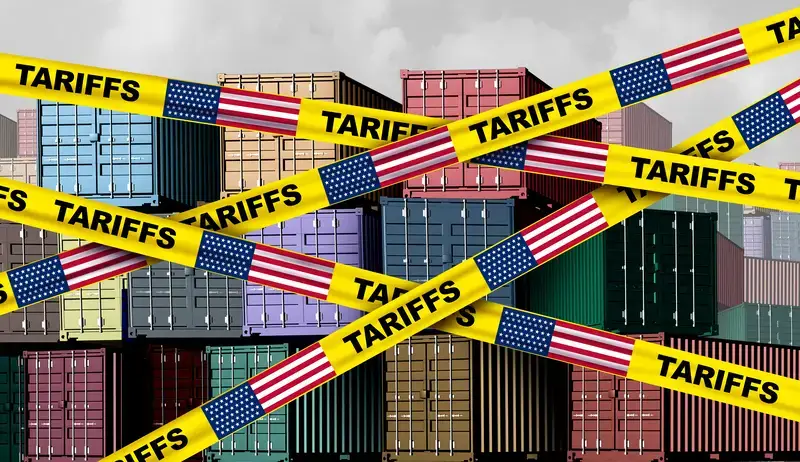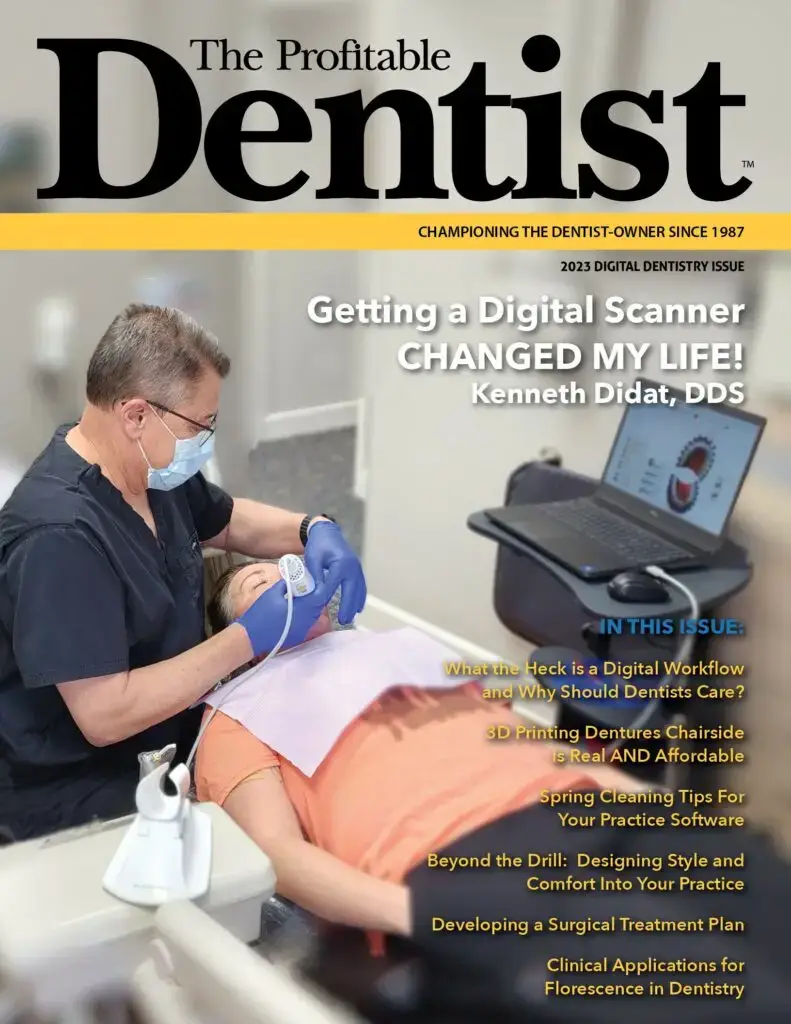Hidden Costs on the Horizon?
Things have certainly been interesting since January 20th, 2025. Regardless of which side of the aisle you’re on, one thing is clear, the healthcare industry is bound to feel the repercussions of the executive orders regarding the implementation of tariffs.
On February 1, 2025, President Trump issued three executive orders directing the United States to impose new tariffs on imports from Canada, Mexico, and China, to take effect on February 4, 2025. The tariffs are an additional 25% ad valorem rate of duty on imports from Canada and Mexico and 10% on imports from China. 1
However, shortly thereafter the tariffs on Mexico and Canada were temporarily paused. While talks with China are still speculative, they will most likely take place, potentially leading to a pause on those tariffs. 2 But as of February 4, the tariffs went into effect. True to form, China announced that they would be implementing 15% tariffs on U.S. energy imports and other products along with the addition of five critical minerals. 3
Rising Costs of Dental Supplies
The tariff on Chinese imports is poised to create a ripple effect that could directly impact healthcare, including dental, across the United States. Much like the disruptions experienced during the onset of the COVID-19 pandemic, healthcare providers may face panic.
Many dental supplies and equipment, including personal protective equipment (PPE), disposable items, and various dental instruments, are sourced from manufacturers in China.4 The imposed tariffs will likely increase the costs of these imported goods, and suppliers may pass these additional expenses down the supply chain, ultimately affecting dental practices. This situation could strain budgets, forcing practices to either absorb the increased costs, thereby reducing profit margins or adjust service fees, which may affect patient affordability.
The gravity of the situation is that 75% of US-marketed medical devices are manufactured abroad, and the cost of essential healthcare and dental supplies is poised to rise sharply. Among these, 69% of devices are produced exclusively outside the US, making them particularly vulnerable to increased tariffs. 5
The Pitfalls of Stockpiling
Another anticipated challenge is the stockpiling behavior among providers and suppliers. As fears of shortages mount, many will rush to secure as much inventory as possible before price hikes take full effect. This reactionary purchasing creates a surge in demand, quickly depleting existing stock levels. The result is a decrease in available inventory, leaving practices that did not or could not stockpile in a vulnerable position. This scenario mirrors the early days of the pandemic when items like gloves, masks, and disinfectants became scarce overnight. However, bulking up on supplies may cause more issues by depleting resources on hand, creating artificial scarcity that can drive prices even higher and disrupt supply chains further. Excessive stockpiling can also lead to waste, especially for items with expiration dates, and tie up financial resources that could be allocated elsewhere.
I’ve spoken with some vendors who are already noticing signs of stockpiling. Based on this, we can expect them to set limitations on purchases of certain items to prevent the premature depletion of essential supplies.
Shipping Delays and Supply Chain Disruptions
Compounding these issues are the inevitable shipping delays. The global supply chain is already sensitive to disruptions, and the added strain of tariffs can slow down the flow of goods. Customs processing times may increase as importers navigate new regulations and documentation requirements. Delays at ports, combined with logistical bottlenecks in domestic transportation, mean that even when products are available, getting them to dental practices could take significantly longer than usual.
Additionally, China may use shipping delays as a form of retaliation against the U.S., intentionally slowing down the export process to exert economic pressure. This potential tactic could further strain the already fragile supply chain, causing unpredictable delays and adding another layer of uncertainty for dental practices.
When speaking with vendors, this is a significant concern, as it would directly impact on their ability to maintain readily available supplies.
Proactive Planning for Dental Practices
Dental practices rely on a diverse range of supplies sourced from multiple countries, and tariffs on imports from nations other than China can have far-reaching effects. Many high-quality dental chairs, imaging equipment, and precision instruments come from European countries like Germany and Switzerland, known for their advanced engineering and durability. The United States also imports a variety of essential restorative materials—such as zirconia and lithium disilicate used in crowns and bridges—from Japan and Germany, where some of the world’s leading dental ceramics are manufactured.
Additionally, countries like Mexico and Canada are also major suppliers of everyday consumables, including disposable gloves, masks, anesthetics, and sterilization pouches. If tariffs are placed on these imports, dental practices could see even more rising costs in infection control supplies, which are essential for patient and staff safety. Italy and France contribute to the market with specialized dental handpieces and composite resins used in restorations, while Brazil is a major exporter of natural latex, a key ingredient in rubber dam sheets and some dental gloves.
If tariffs or trade restrictions increase the cost of these goods, practices may struggle with supply chain disruptions, longer lead times, and inflated prices. This, in turn, can lead to difficult financial decisions—whether to absorb costs, pass them on to patients, or seek alternative suppliers that may not offer the same quality or reliability. Ultimately, tariffs on non-Chinese imports can create widespread economic and operational challenges for dental offices, potentially impacting both efficiency and the quality of patient care.
Proactive planning will be essential to mitigate these challenges. Assessing current inventory levels, identifying critical supplies, and establishing relationships with multiple vendors can help buffer against sudden shortages. Practices might also consider revising ordering schedules to account for longer lead times and exploring alternative products or suppliers not affected by the tariffs.
While the situation is still evolving, staying informed and adaptable will be key. The lessons learned during the pandemic about supply chain resilience and resource management will once again prove invaluable as dental practices navigate the economic landscape shaped by these new tariffs.
Personal Note to the Readers
I have been concerned about the onset of tariff issues, particularly about China. I remember all too well the panic, shortages, and costs involved with PPE and supplies during the pandemic. That situation taught me the importance of situational awareness—staying informed about global events that could potentially affect the daily flow of dentistry. Thankfully, I instinctively knew how to navigate that situation because I already had systems and strategies.
Do I think the tariffs will create the same panic, shortages, and costs as during the pandemic? No. However, I do feel we will experience a brief period of disruption, and we should be best prepared to weather the storm.
Tips and Best Practices for Managing Supply Chain Disruptions
To manage potential disruptions effectively, review strategies from the COVID-19 pandemic, focusing on proactive planning, resource management, and adaptability.
Regular communication with vendors about inventory levels and potential price changes is essential to anticipate shortages and secure priority status during supply constraints. Building strong relationships with your suppliers can provide valuable insights into market trends and early warnings of potential disruptions.
Reducing dependency on single suppliers is crucial. Establish relationships with multiple local and international vendors to create a more flexible and resilient supply chain. This diversification helps mitigate risks if one supplier experiences delays or stock issues.
Maintaining a buffer stock of essential items ensures readiness for unexpected shortages, while just-in-time ordering for non-essential items helps manage storage costs efficiently. Regularly monitoring expiration dates also minimizes waste from expired materials, ensuring optimal resource utilization.
Collaborating with other dental practices through group purchasing arrangements can secure better pricing and shared resources during shortages. This collective approach can strengthen bargaining power and improve supply availability.
Financial planning should include budgeting for supply chain contingencies. Transparent communication with patients about any necessary fee adjustments helps manage expectations without compromising care quality. Staying informed about global trade developments allows practices to adapt strategies proactively and respond to emerging challenges.
Leveraging inventory management software enhances efficiency by tracking usage patterns, automating recorders, and identifying potential inefficiencies. This technology supports data-driven decision-making and helps streamline supply chain operations.
Finally, developing protocols for rationing supplies, identifying alternatives, and managing patient care with limited resources is critical. A well-prepared contingency plan ensures that practices can continue to deliver high-quality care, even during significant supply chain disruptions.
Through informed decisions, adaptive strategies, and strong vendor partnerships, dental practices can successfully overcome tariff challenges while preserving the highest standards of patient care.
Cite Information



